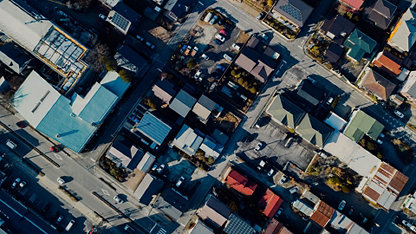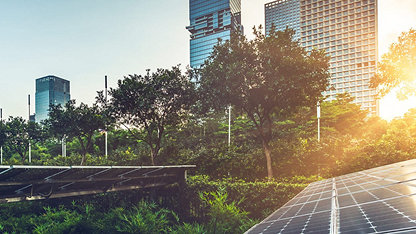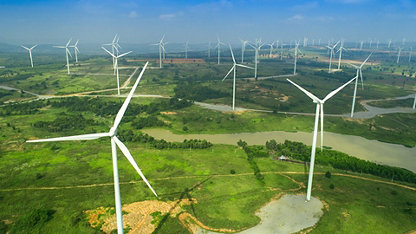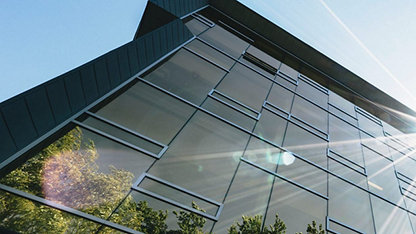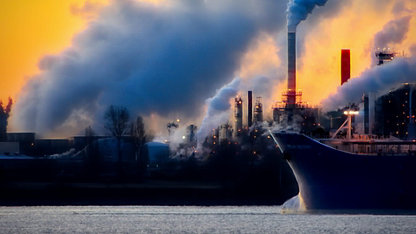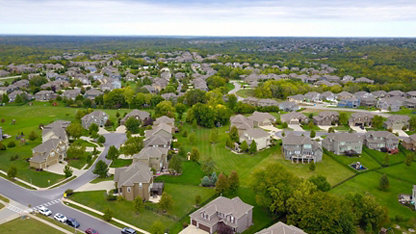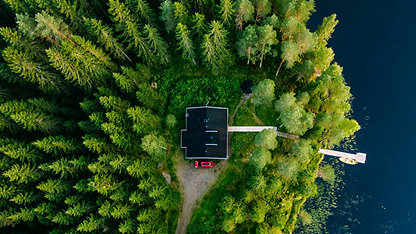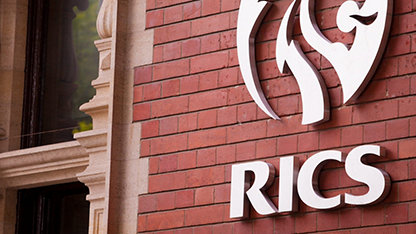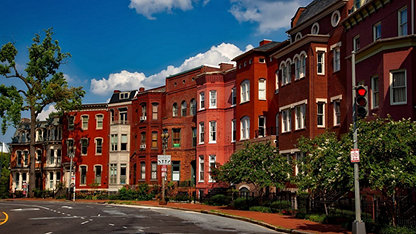In the midst of the biggest global crisis in a generation, it can be difficult to think ahead to the next one. People are naturally still coming to terms with the devastating health impacts of this crisis. Governments, companies, institutions, and professionals are also feeling the economic consequences of the virus itself and the radical policy responses that the crisis requires. However, debate is now moving to how governments should begin to relax lockdown measures, and policymakers are scoping what co-ordinated action they can take to encourage an economic rebound.
This is a welcome and responsible turn. We are showing what is possible when we put our mind to a global species-wide problem, and are driven by the need to deliver positive social impact for everyone. But even as the pandemic unfolds, it is vital that we learn the lessons of the crisis now. This will allow us to make sensible choices that leave us better prepared and more resilient to other major threats.
The impact of climate change is one such threat. This is why the World Economic Forum identified climate and sustainability risks in the top three most likely and most impactful global risks in each of its reports since 2016. Global urbanisation also won’t cease, and neither will its climate impact. Prior to COVID-19, the world’s urban population grew by 1.5m a year, and no amount of economic dampening will offset the harmful gases our urban environments already embody and will continue to emit through natural population expansion.
In short, the rush to recovery from COVID-19’s economic impact must not undermine the progress that professionals working in the built environment have made on climate change. In fact, we will need to collectively strengthen our efforts. This means that rather than exist as an afterthought, sustainability and resilience to climate changes must be at the heart of any long-term recovery and business plan if we are to ensure future generations have access to better places to live and work, while respecting planetary boundaries.

The harmful emissions from cities will continue to worsen as city populations continue to expand
Moreover, RICS recognises this and continues to strive towards better environmental outcomes in its work with partners and professionals. Here are some examples:
Unlocking demand for green infrastructure
Infrastructure investment will invariably be at the centre of governments’ planning to reignite global economic growth. As we detail in our upcoming report Bridging the gap: Private investment in future infrastructure provision, part of the challenge from policymakers will be unlocking the growing pools of capital from private investors, whose appetite for infrastructure investment has grown rapidly in recent years. But the challenge is two-fold. As well as matching investor demand with investible infrastructure pipelines, investment must be aligned with long-term societal and environmental challenges to deliver meaningful and lasting positive impact.
The good news is that demand for infrastructure that fits with global sustainable development goals has been growing among investors. This has been typified by the flow of capital into renewable energy projects from unlisted funds. Analysis of Preqin data shows that the number of deals in the sector rose from 384 in 2009 to 1,400 by 2018. The trick will be providing sufficient opportunity for investors to deploy capital into projects that have a demonstrably high and positive social and environmental impact.
Building a foundation for confident green investment
“Greenwashing” has long been a concern of both the general public, and investors. How can we be certain that the project or activities that are labelled as environmentally friendly or sustainable truly are so? This is a question that sits at the heart of developing a more sustainable built environment, which is why RICS has been leading on two collaborative projects with government and industry partners to scope and specify how our profession can help tackle the challenge of climate change.
First, RICS has engaged with policymakers to define what is considered “green” in the built environment. Working as an expert in the EU’s development of a taxonomy for sustainable activities, we have led the built environment strand of the work – effectively creating a common language between companies and investors. This provides real surety that investments are having a positive environmental impact, and reduces confidence barriers for green projects to access capital.
This will have important ramifications for the built environment. By enabling owners and developers to access dedicated “‘green’” financial products, for instance, the taxonomy will help channel investment into improving buildings’ energy efficiency and constructing energy efficient buildings. This will create a new range of opportunities for RICS professionals – whether valuers, facilities-managers or brokers.
“RICS has engaged with policymakers to define what is considered “green” in the built environment. Working as an expert in the EU’s development of a taxonomy for sustainable activities, we have led the built environment strand of the work – effectively creating a common language between companies and investors. This provides real surety that investments are having a positive environmental impact, and reduces confidence barriers for green projects to access capital. ”
Another crucial aspect of building a more sustainable and resilient economy by delivering investor confidence is to improve the transparency in reporting the environmental impact of an activity or company. Disclosures are the key way for listed companies to do this. The Task Force on Climate-related Financial Disclosures (TCFD) has led the way in setting the standard on how companies assess and report their climate-related risks , allowing informed decision making from investors looking to channel capital into those companies that are taking action to embrace sustainable practices. As such, we are proud to be official supporters of the TCFD.
Embracing circular principles
Encouraging investment into green activities is certainly a step towards shaping a positive corporate response to climate change. However, we also need to demonstrate the long-term financial value of firms of adopting sustainable practices in order to build a truly sustainable economy. This is especially true in the built environment sector, which accounts for 36% of global final energy use, and nearly 40% of energy-related carbon dioxide emissions.
The immediate and significant financial challenges brought by COVID-19 can make any form of additional change or investment seem unaffordable for many within our sector. However, new, sustainable operating models that will be practicable when we emerge from the current crisis should not be ignored, and making the business case for this now is crucial. Adopting circular economic principles of minimising waste, keeping products and materials in use for longer, and regenerating natural systems will clearly bring environmental benefits. Vitally the same approach also delivers tangible financial benefits, as demonstrated by the recent report by Arup and the Ellen MacArthur Foundation. Through collaborating with these organisations on the report, RICS has been able to help develop five business models that demonstrate how circular economic practices can be built into real estate models, how this creates and preserves assets’ value, and eliminates waste. I recommend this report to anyone looking for practical ways to realise and substantiate the value of greener business operation.
Looking ahead
2020 and the years to come will be dominated by how we responded first to the health crisis the pandemic brought, then the economic and societal upheaval and impacts that followed. Built environment professionals have already played an enormously valuable role in supporting people, society and the economy more broadly to stay safe, functioning, and to continue delivering. The way we respond collectively to climate change and urbanisation will define us and the communities we serve for a longer period yet, so we must keep that in focus.
About the author

Timothy Neal FRICS
President, RICS
Previously the President and CEO of CallisonRTKL, Arcadis’ global architecture and design practice, the Global Director of Buildings at Arcadis, and the head of UK and European Regions at EC Harris before that, Tim is an internationally recognised leader with more than three decades of experience in the buildings market, large-firm operations and talent management. Tim has been a member of the RICS Global Regulatory Board for the previous four years and is also the Chair of the International Fire Safety Standards (IFSS) Coalition. He is a Board Trustee, and Secretary of the Council on Tall Buildings and Urban Habitat.



